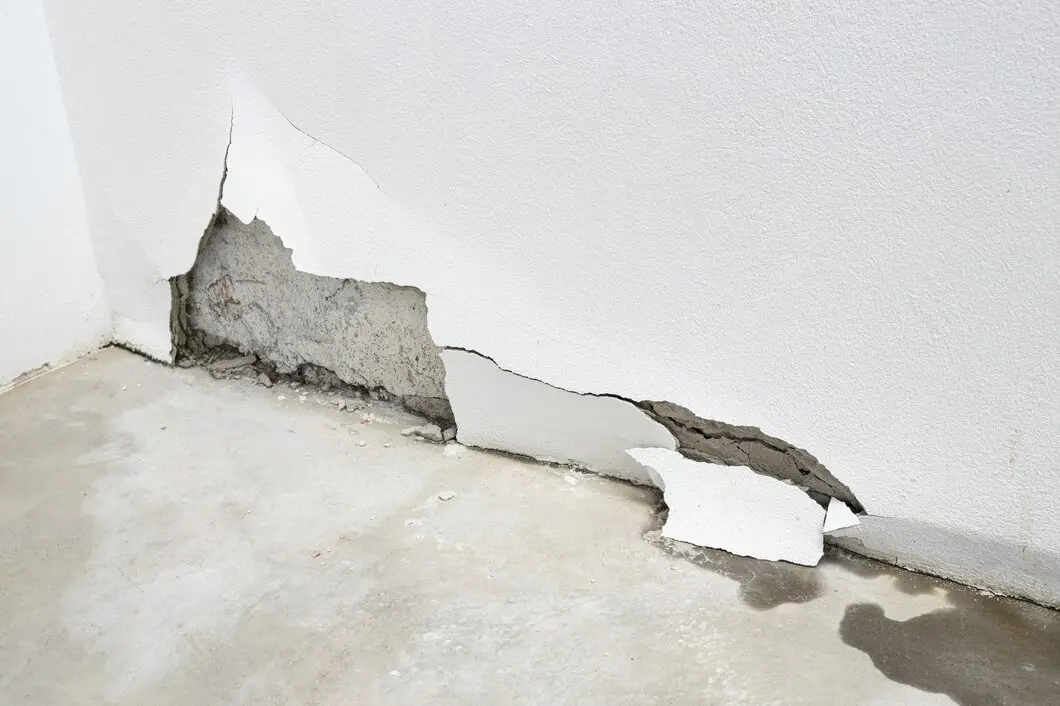
Flood Damage Restoration : An Overview
Flood damage restoration is essential to prevent the growth of molds. Get your property back to its original shape. Flooding is a common phenomenon in the US and costs a lot of lives and money.
According to statistics, homeowners spend an average of $1046 to $4059 to restore the damages done to the property. The cost of repair is proportional to the damage to the property due to the accumulation of flood water. The cost is comparatively less If there is a leak in the pipes or dry walls or a minor roof drip.
The clean-up costs exceed if the damage is maximum. If the carpets, the furniture, and other appliances are no longer in a condition to be used, brace yourself because that is going to be hefty!
Once the cleaning and drying part is done, install preventive measures to avoid flooding in the future again.
Installing an improved water drainage system as well as waterproof equipment on the floor as well as on walls can prevent future floods and also prevent extensive flooding during hurricanes.
Flood Damage Restoration and Types
Flooding Inside Home
Flooding leads to water damage and it can severely affect the interior of your home. Rotten wood, swelling of the walls, warping of the paints and the growth of molds are common phenomena. Consult a professional in case you face any trouble.
The experts know the exact methods to clean comprehensive flood damage. Replacing the drywall, drying the carpet, removal of molds and deodorization are some of the common clean-up services.
Flooding Due To Sewage
Sewage systems can be easily affected by floods and heavy rainfall. Untreated sewage water can easily leak through the sinks, toilets and even through the shower.
Cracks in the basement can also let sewage water inside the house. Crummy plumbing systems and big tree roots outside the home can also cause the bursting of sewage pipes and block the flow of wastewater to its desired location.
Building owners should install flood-proof basements and flood-resistant insulators and drywalls to constrict the extent of flooding.
Groundwater Flooding Management
Flooding can be caused by the flowing of flood water from the streets to the house premises. Luckily this flooding is slow paced which gives the homeowners adequate time to remove their belongings to a safer and elevated position.
Sudden Flood
Devastating hurricanes or broken dams cause sudden flooding. Sudden floods gain momentum within a couple of hours after the outbreak. Flash floods affect urban areas due to the presence of less soil. Areas that are prone to drought face similar difficulties as the soil cannot absorb the water initially.
Steps To Flood Damage Restoration
Flood Restoration service starts with a proper cleanup. The basic steps to clean up after extensive flooding are:
- Wearing protective accessories like – a mask, gloves, and rubber boots is important to ensure safety. Flood water may contain sewage or other contaminated elements that can possibly harm you.
- Before starting the cleaning procedure, keep all the equipment handy like – disinfectants, cleaning tools, and other supplies.
- Drain the excess water with the help of pumps and vacuum the surface.
- Remove the furniture for easy cleaning.
- Start by cleaning the floor and then the walls.
Flood Water Removal
Remove the from your house by taking proper measures. If there is an electric outage or loose wiring, remove the water traditionally with mops, buckets, towels, and rags. Use disinfectants, soaps, and detergents to clean the area. Dry using a vacuum.
Floodwater Removal By Drying The Affected Area
Clean the room to prevent the growth of molds. A few tips and tricks for doing this are:
- Open the doors and the windows to let the air circulate inside your home.
- Dry the water-drenched furniture under the sun. Floodwater removal is essential to prevent the growth of molds.
- Use a dehumidifier.
- Scrutinize the interior of your home for leaking pipes, faulty plumbing, cracks, and holes in the walls and roofs. Fix the affected areas to avoid future flooding.
Steps To Flood Damage Restoration And Home Repairing
Flooding inside household premises can cause a lot of chaos and damage. Here are a few tips for the aftermath of flooding.
- Good things come to those who wait hence, enter your home after the entire water goes down.
- Check for damaged electrical lines and gas leaks. In case there are any discrepancies, call the utility company immediately.
- Allow the air out to remove the escaping gases.
- Get rid of standing water as it may cause a number of health issues.
- Do not touch stagnant water if mixed with oil. Clean the oil first followed by the water.
- Discard all items affected by flood water. It may lead to the growth of molds.
- Discard all food items that came in direct contact with floodwater.
- Use disinfectants or bleach to kill germs and other bacteria.
- Wash the dry clothes with warm water and dry them outside under the sun.
- Discard the accumulated garbage immediately.
ECOS Can Help You
Get the best help to deal with floodwater. The experts at ECOS are equipped with the use of upgraded technology and reach your desired location within a timeframe of 60 minutes.
All our professionals are IIRC certified. We are well known for helping the distressed residents of 125 Boulevard in their time of need (FOX DENVER- Channel 31).
We are at your service, 24 hours 7 days a week. Connect with us at 888-507-3260 for a fast response. For more information click on https://ecosenvironmental.com/flood-damage/
